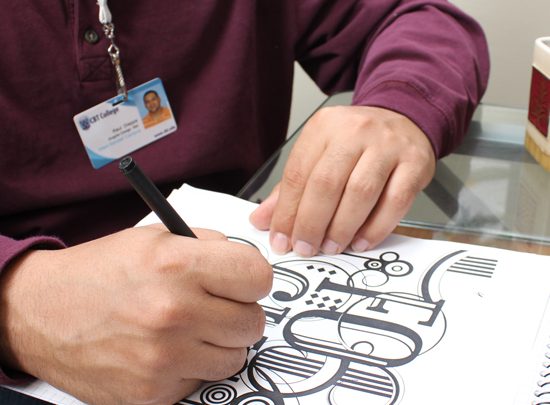
Art & Design
Shattering the Top Ten Graphic Design Myths
Shattering the Top Ten Graphic Design Myths
A myth can be defined as “an unproven or false collective belief”. In the world of graphic design there are myths that can define the profession and create a false impression of graphic designers and the work they do. Some of these myths are harmless and others combine to create a public perception that the work is simple or that design is simply creating what a client dictates.
The great thing about the myths surrounding graphic design is that they are easily dispelled. Shattering these myths is as simple as sharing what the work actually entails and shedding some light on this incredible profession.
- “It’s a simple job” Graphic design requires education, knowledge, experience, and dedication to the craft. Over time a designer becomes more skilled and is armed with a growing set of design tools. Creating a unique logo, a branding strategy, or memorable advertisement is more than just one simple design. It requires infusing the needs of the client into a design that will attract consumers and make an impact.
- “They always work alone” You may spy designers at their computers alone for much of the day. However, they are not working alone. A designer must work closely with clients, designers, and other professionals such as branding strategists, publishers, or IT experts.
- “Altering the design should be simple.” Achieving the perfect design requires a series of drafts and edits, each aiming to bring the design closer to the stated goals of the client. A small change may alter several elements of the design requiring a lengthy revision to maintain the design’s overall concept and integrity.
- “All graphic design is on the computer now.” There’s no denying that the computer has been an incredibly helpful tool for designers and that much of today’s design work begins and ends here. However, many designers still rely on their art skills, sketching, and market research done the “old fashioned” way.
- “I don’t need to hire a designer, I’ll do it on my own.” Some prospective clients attempt to save money by creating their own design. It is important to understand that graphic design is about more than just a single design. It is about creating a cohesive brand, a unique and memorable logo, or choosing just the right design to convey a specific message.
- “Once you have a degree, you’re done learning.” A degree in graphic design is essential to acquiring the necessary skills for a fruitful career. But once you receive your diploma, the learning isn’t over! Graphic design is a field that is teeming with educational opportunities to extend your knowledge and skills. You can seek certification in specific software applications, take continuing education courses, or join the ranks of designers in professional organizations such as AIGA, Icograda, and SEGD.
- “Designers have complete control over a design.” No client grants a designer complete control. The process is one that is mutually organic and the product is born of discussion, compromise, and collaboration. The designer serves as the design expert but must work with the client to match the project’s vision.
- “Anyone can be a designer.” A copy of Photoshop won’t make anyone a designer. Being a graphic designer is about more than what software you use. It is about your outlook on life, the professional experience you’ve gained, the skills you’ve worked hard to hone, and the ability to integrate your talents with a client’s vision.
- “The client should have every demand met.” Just like a designer doesn’t have complete control over a design the client must also be willing to compromise. Hiring a designer isn’t about simply having a specific set of demands met, it is about working in collaboration to achieve the most effective design.
- “Some people are just more creative than others.” Creativity is subjective and inspiration is vast. Each designer approaches the craft of design with a different eye and point of view. If you have a passion for design but feel like your creativity is lacking search for your own inspiration and things that spark your creativity.
Have you encountered any other myths about graphic design and designers?
